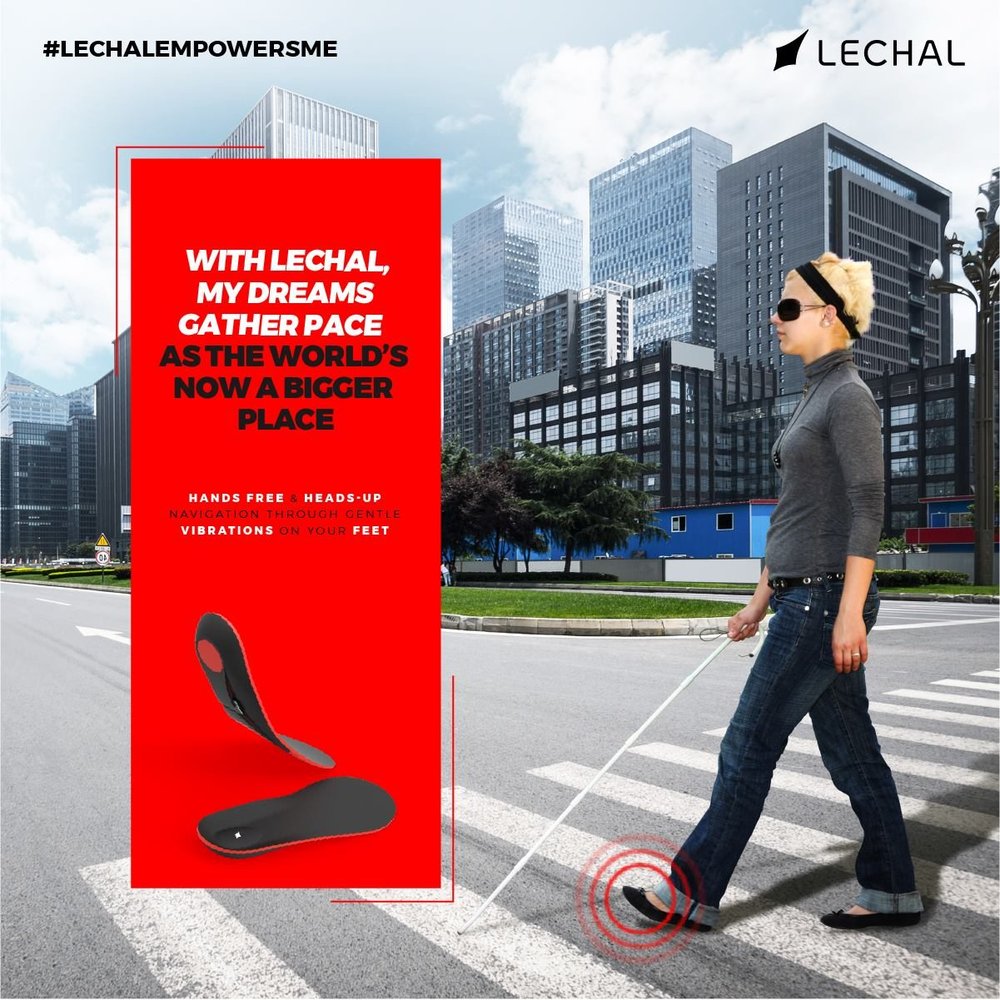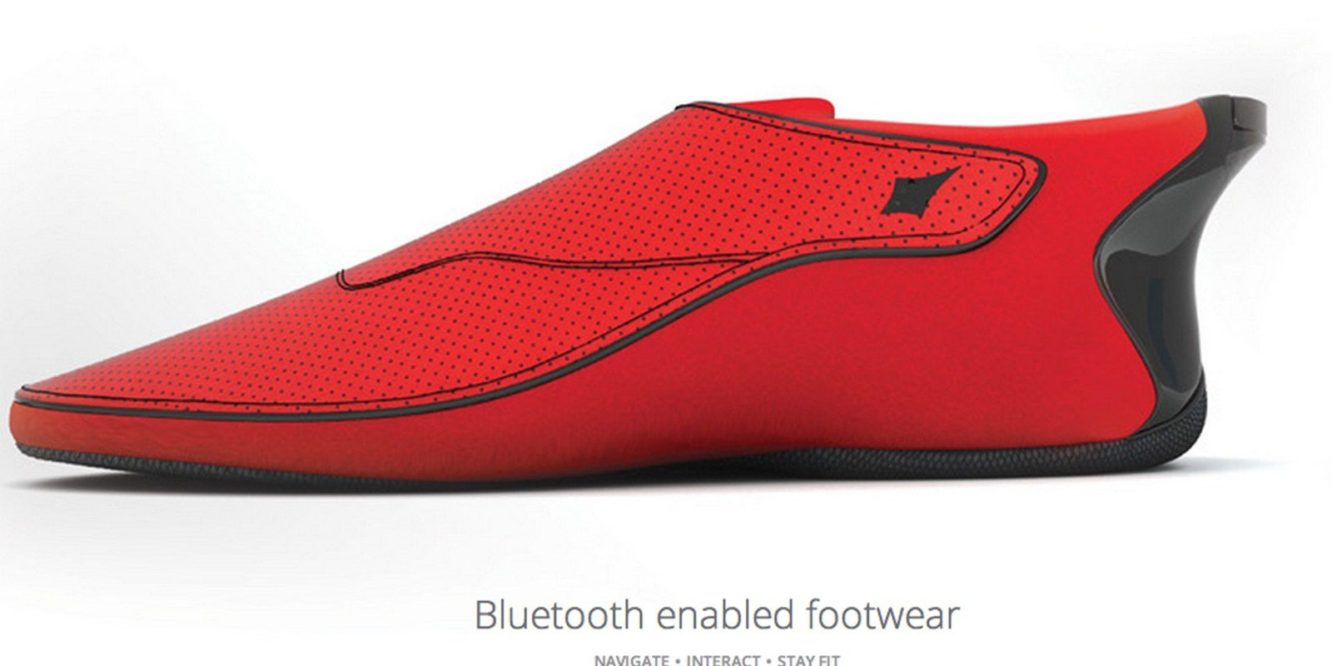
Close your eyes and imagine how life of a blind person is. Who has never played this game in order to better understand the challenges people with visual limitations face.? How do they know where they are going? How do they know where to turn left or right? Lechal was born as a smart shoe to help blinds by using geo-sensitive technology to vibrate and show the path. Is it helpful?
Thinking about a few of these challenges, the Indian company Ducere Technologies, founded by Krispian Lawrence, developed a footwear that shows the way for those in need of directions – which may be blind but also tourists in a foreign country. The Smart Shoes follow a pre-settled rout and shake indicate the way you need to go. The product is branded Lechal, which means ‘Take you there’ in Hindi [the official language of India].
From the initial inclusive goal, Krispian realized there were many other potential commercial uses for Lechal technology and expanded its market strategies. Nevertheless, the core concept of this visually-impaired acquaintance inspire us to rethink the way we geographically navigate. An interesting gain, for example, if you are visiting a city with high levels of violence where holding a cellphone on hands is not recommended. However, instead of praising any new technological idea, even if adorned of the best intentions, as in this case, most innovators lack the sociological-human perspective of USABILITY. In other words, we must ask: is it useful?

Well, I have never tried the product to make the appropriate critics, but most of the blind people I saw in India, South Africa and Brazil wouldn’t be able to afford such a product costing around $60. Blind people historically depend on external help and are excluded from labor market. India is home to 20 per cent of the world’s visually impaired, which accounts for around 40 million individuals in 2020. In Brazil they are around 6.5 million. Do you believe all these people walk on very well paved large streets with easy access? Well well… the product has never intended to fit everyone, let’s be fair.
Then I checked Amazon reviews (as the link for the price on the official website is broken – but on Amazon it says $60) and read a few complaints of instability, bad connections, delays on vibration and other (among many good reviews as well) and thought about a blind person trusting the app to arrive at a place and it fails in the middle of the way. Well well again! I am pretty sure they would be safe and need to ask for help verbally as usual, but why to pay $60 for the trauma?
As one of the reviews on Amazon describes: “The basic thing they have to do is to vibrate the moment the Smartphone wants them to vibrate – and if they don’t do that they’re pretty useless, especially for 60 dollars. The concept is nice and has nearly no competitors – but the device has a long journey in front of it until it can be used – especially by visually impaired people Ducere or Lechal wants them to use.”

